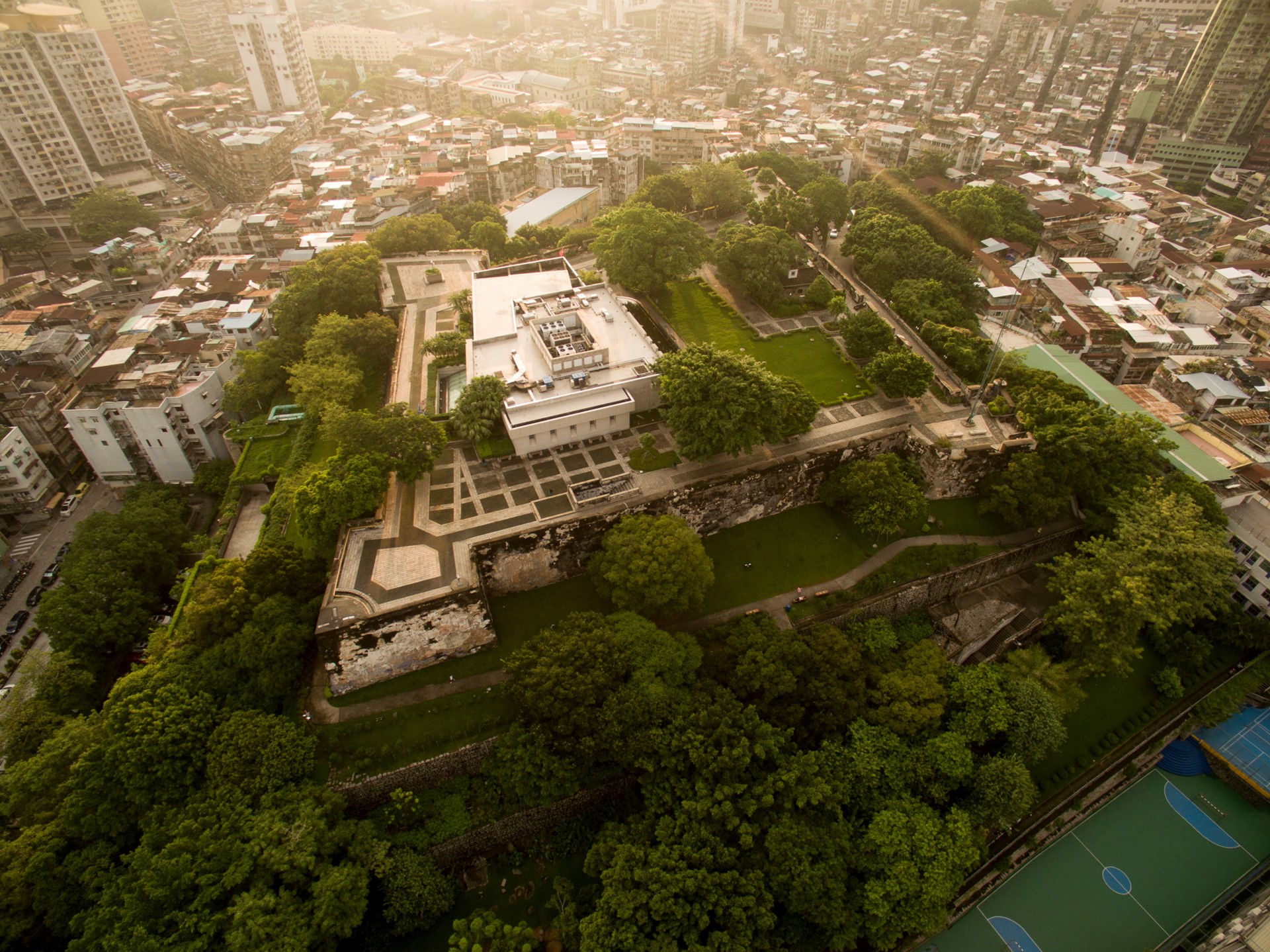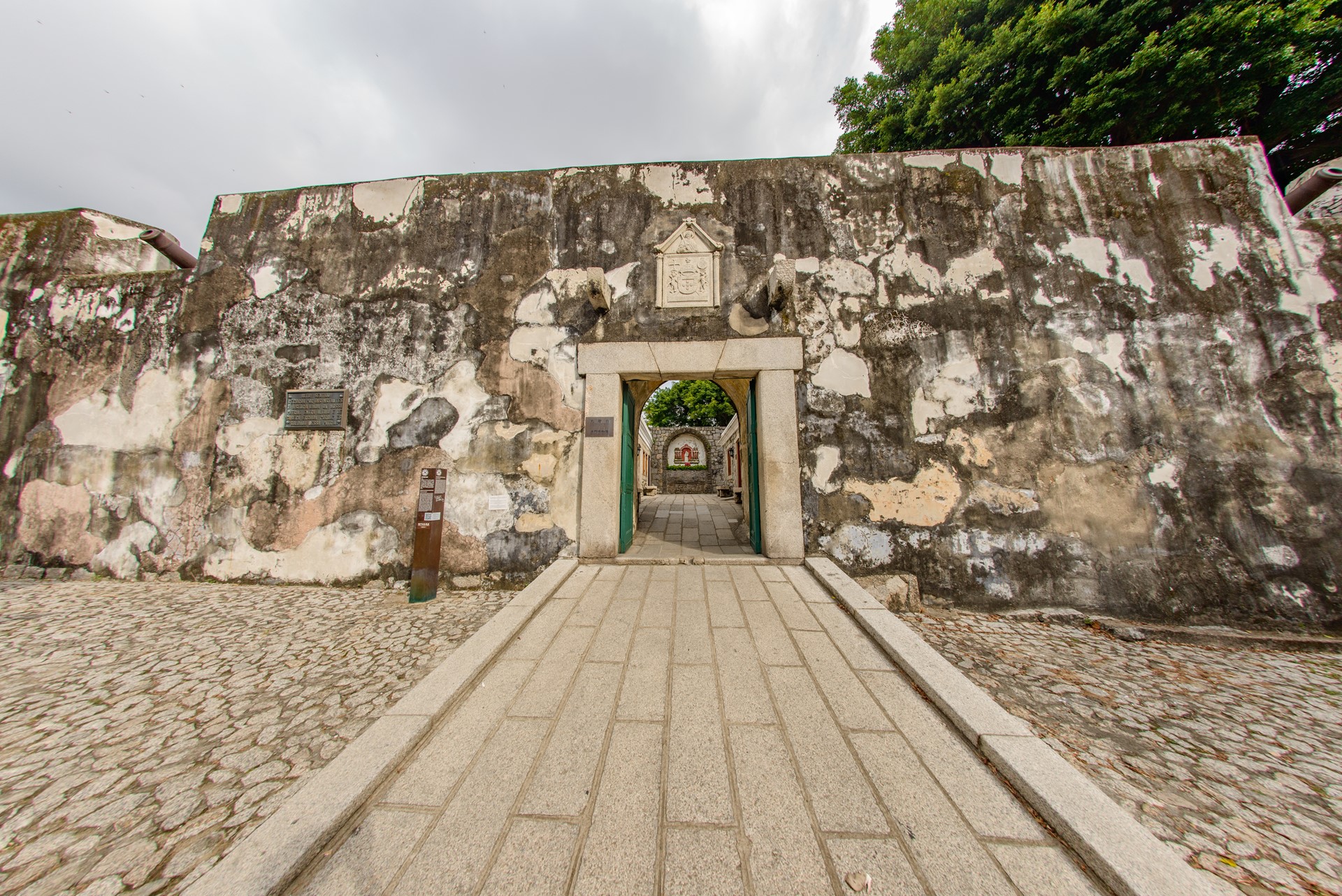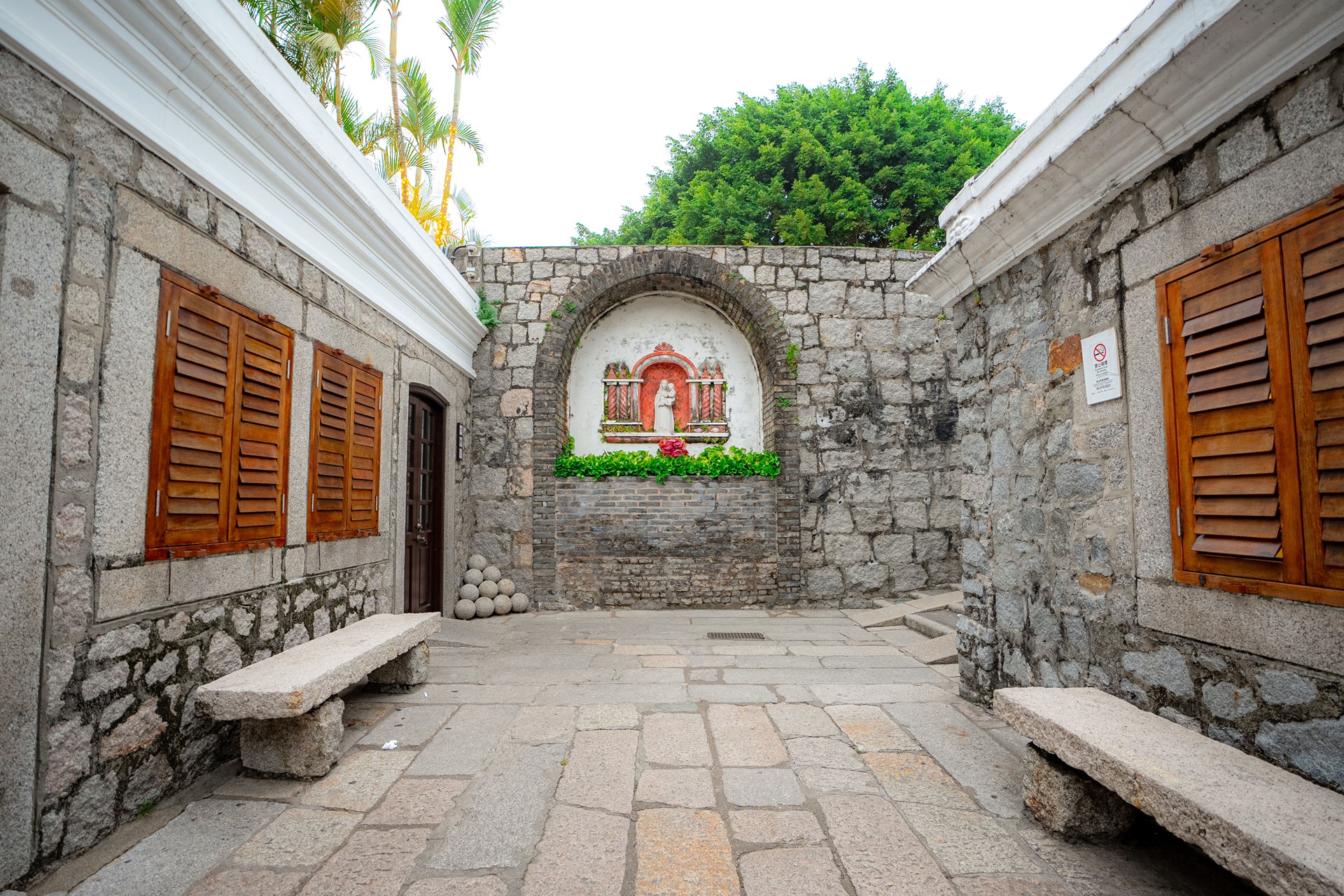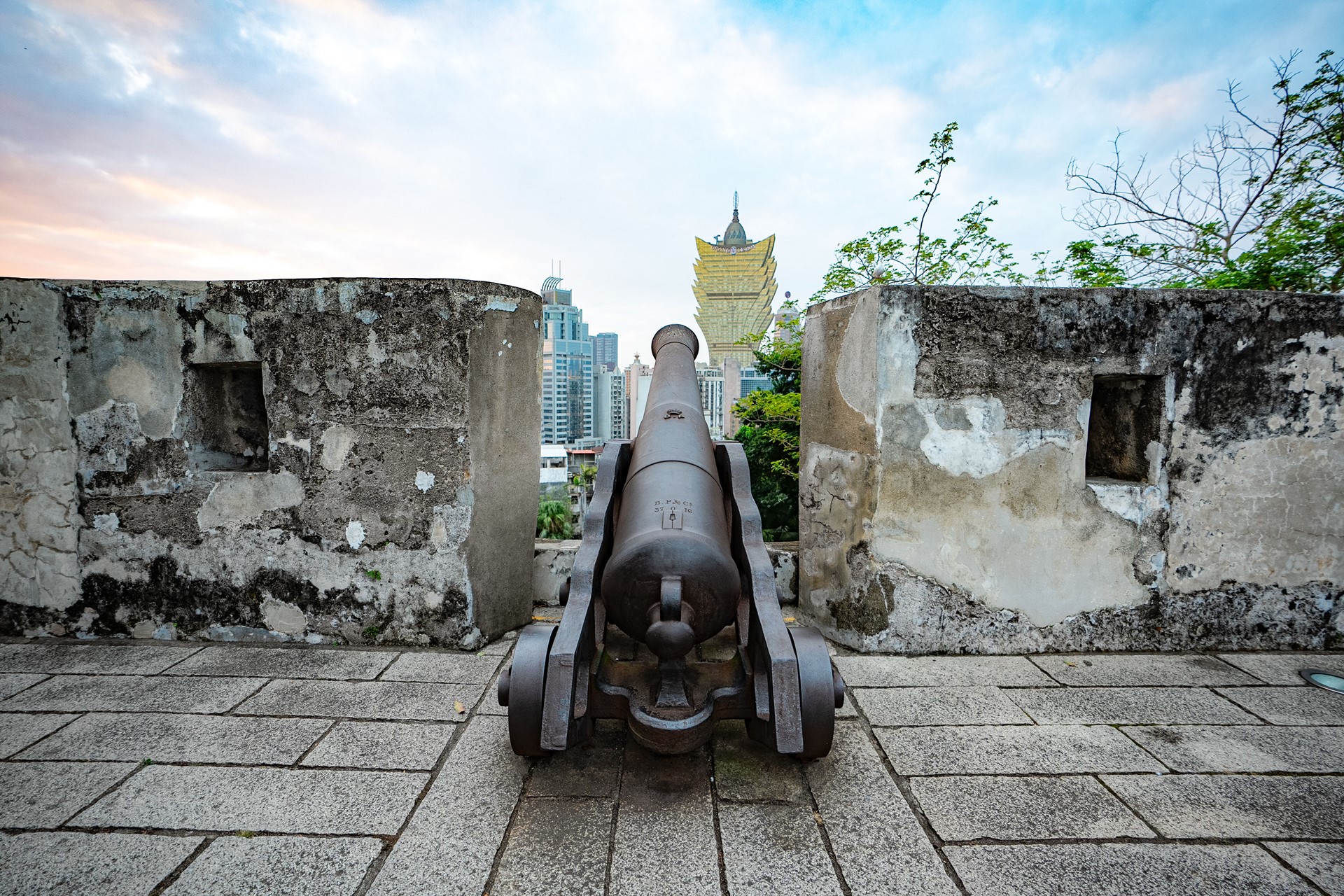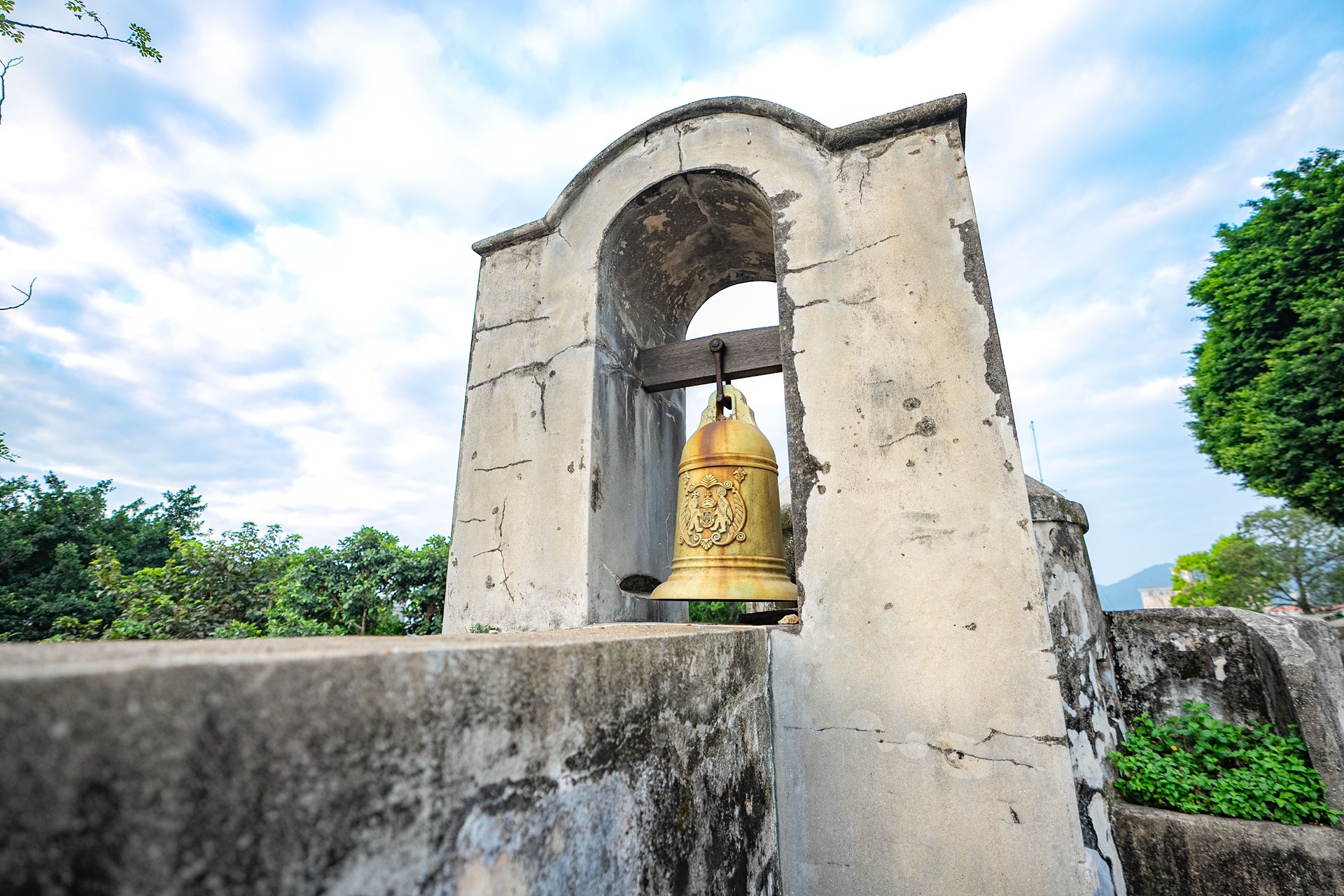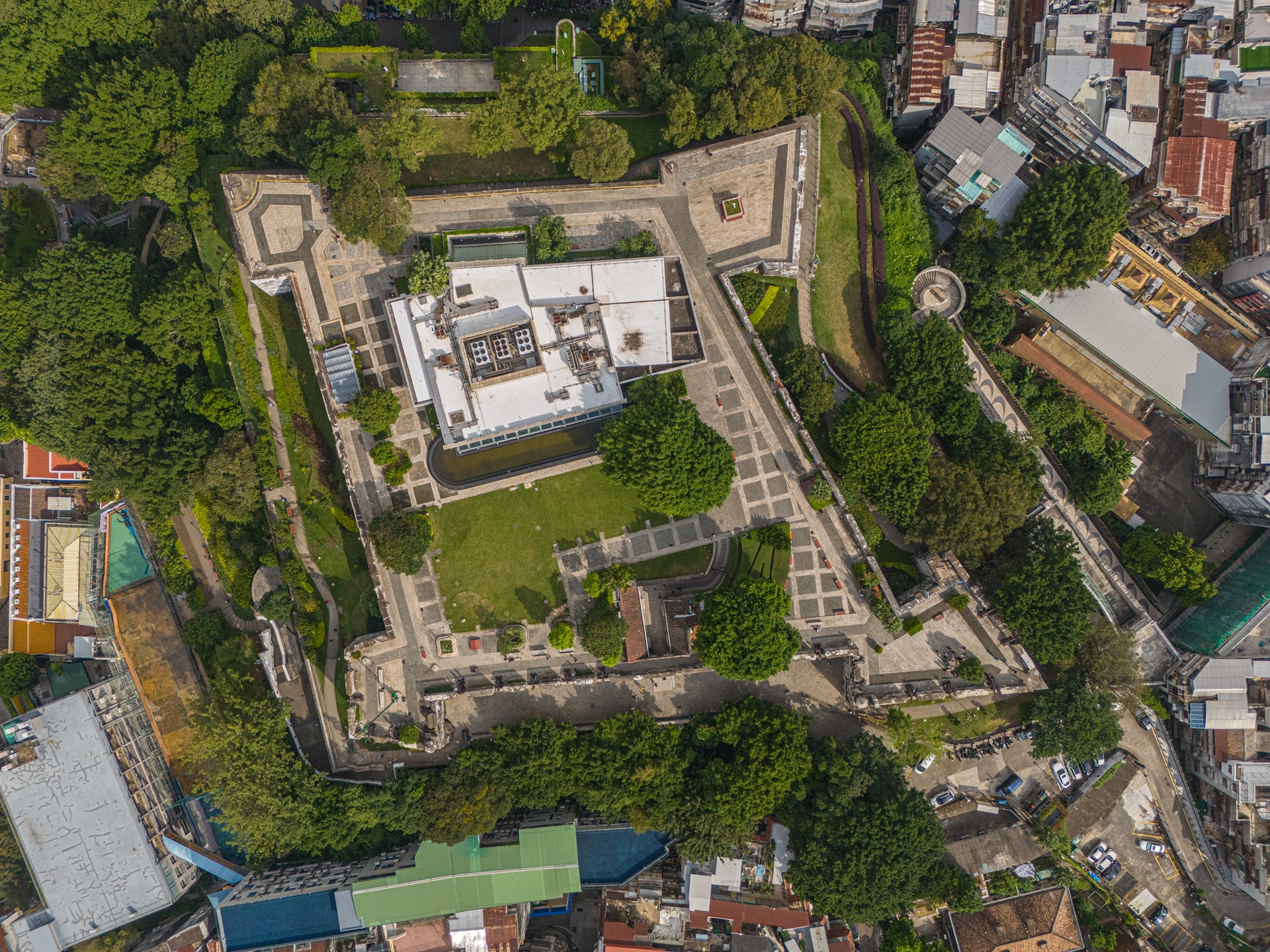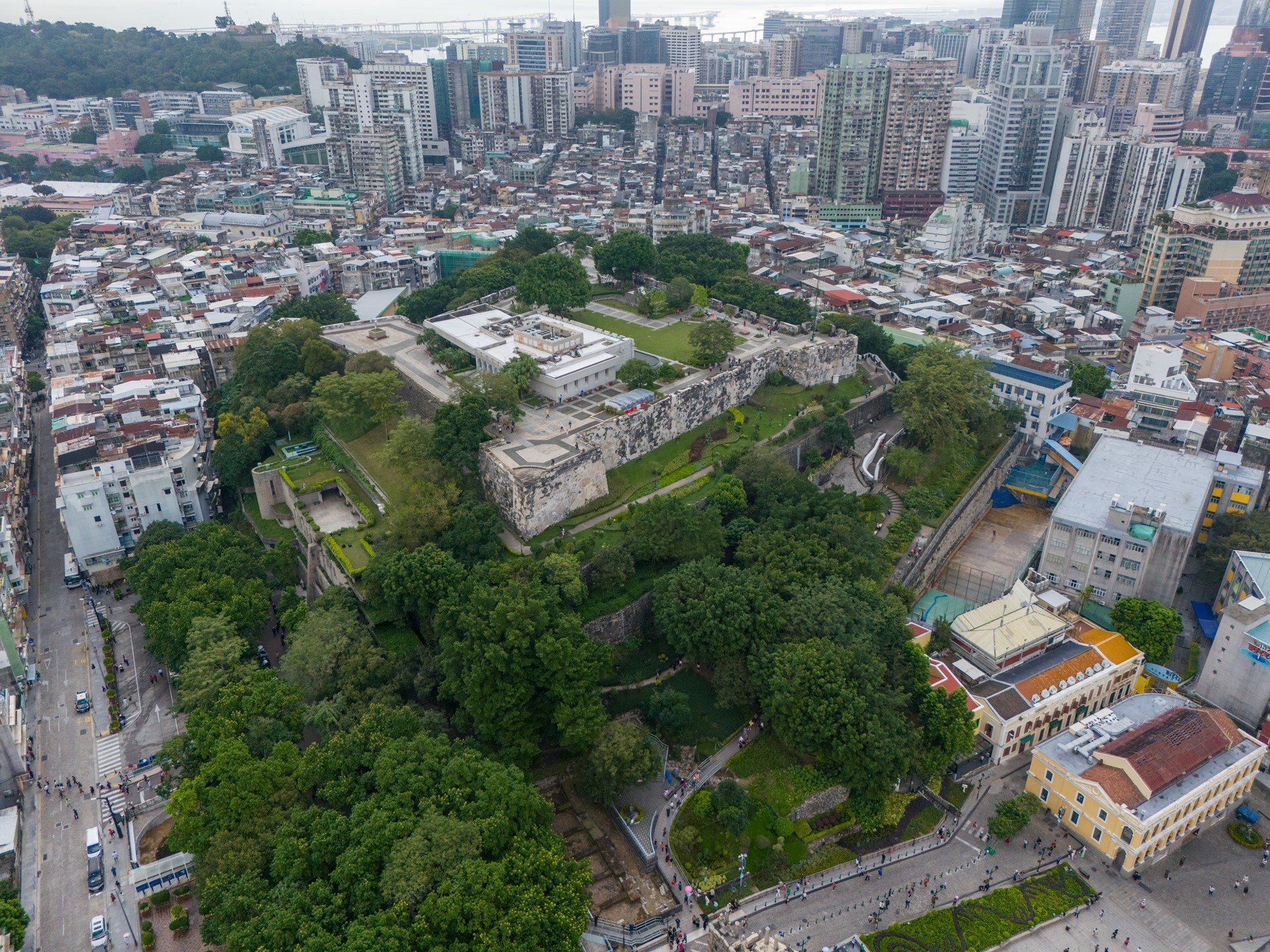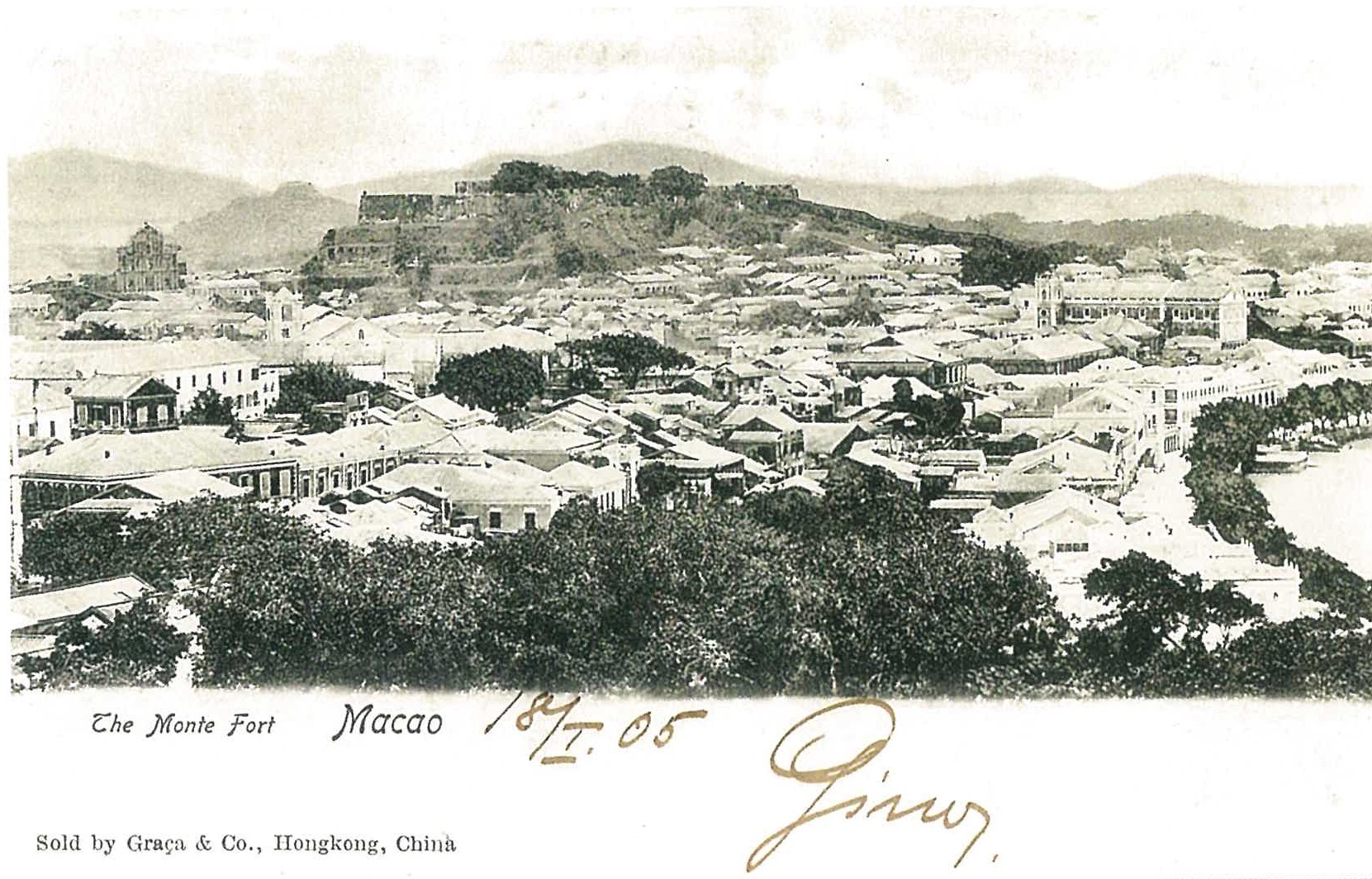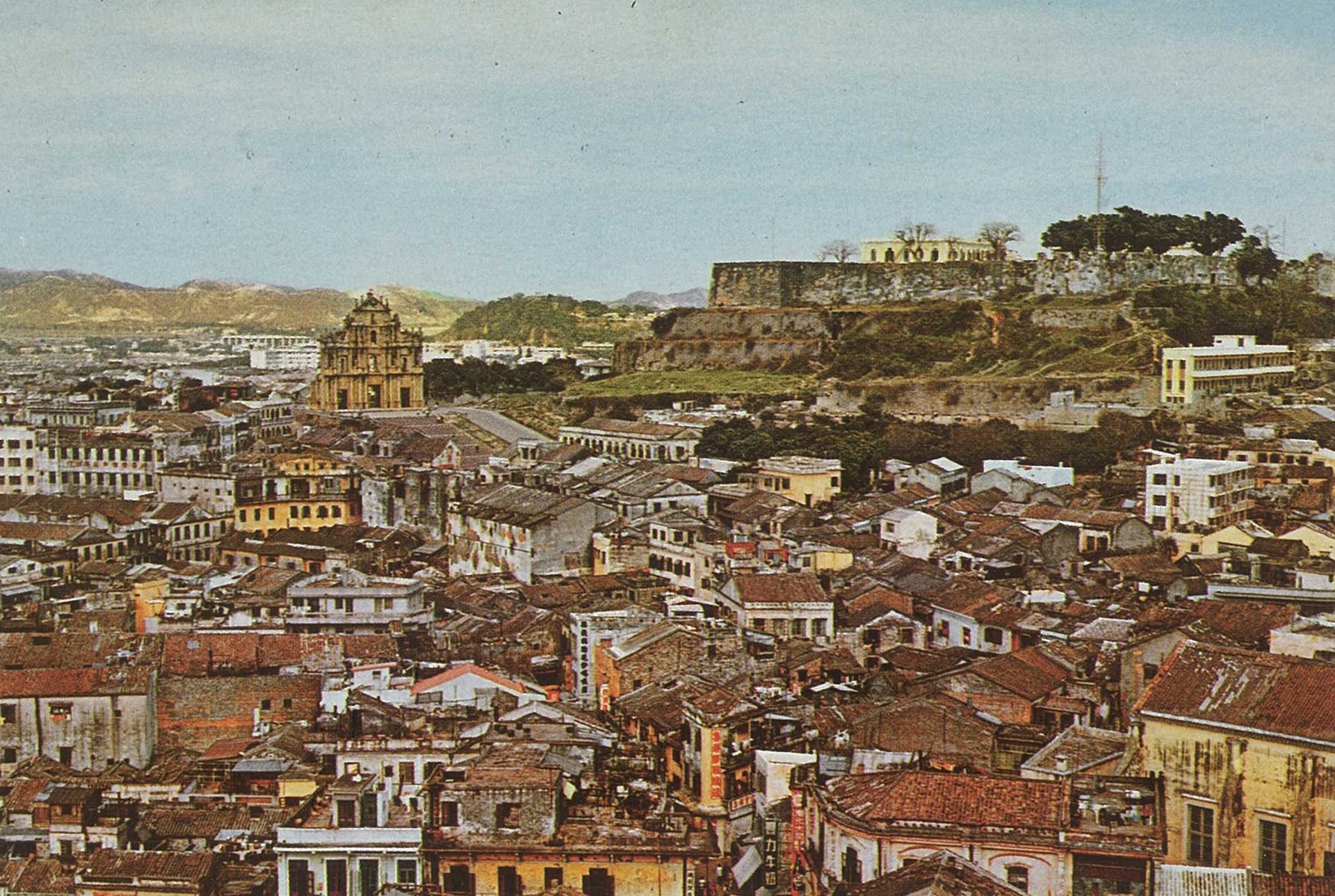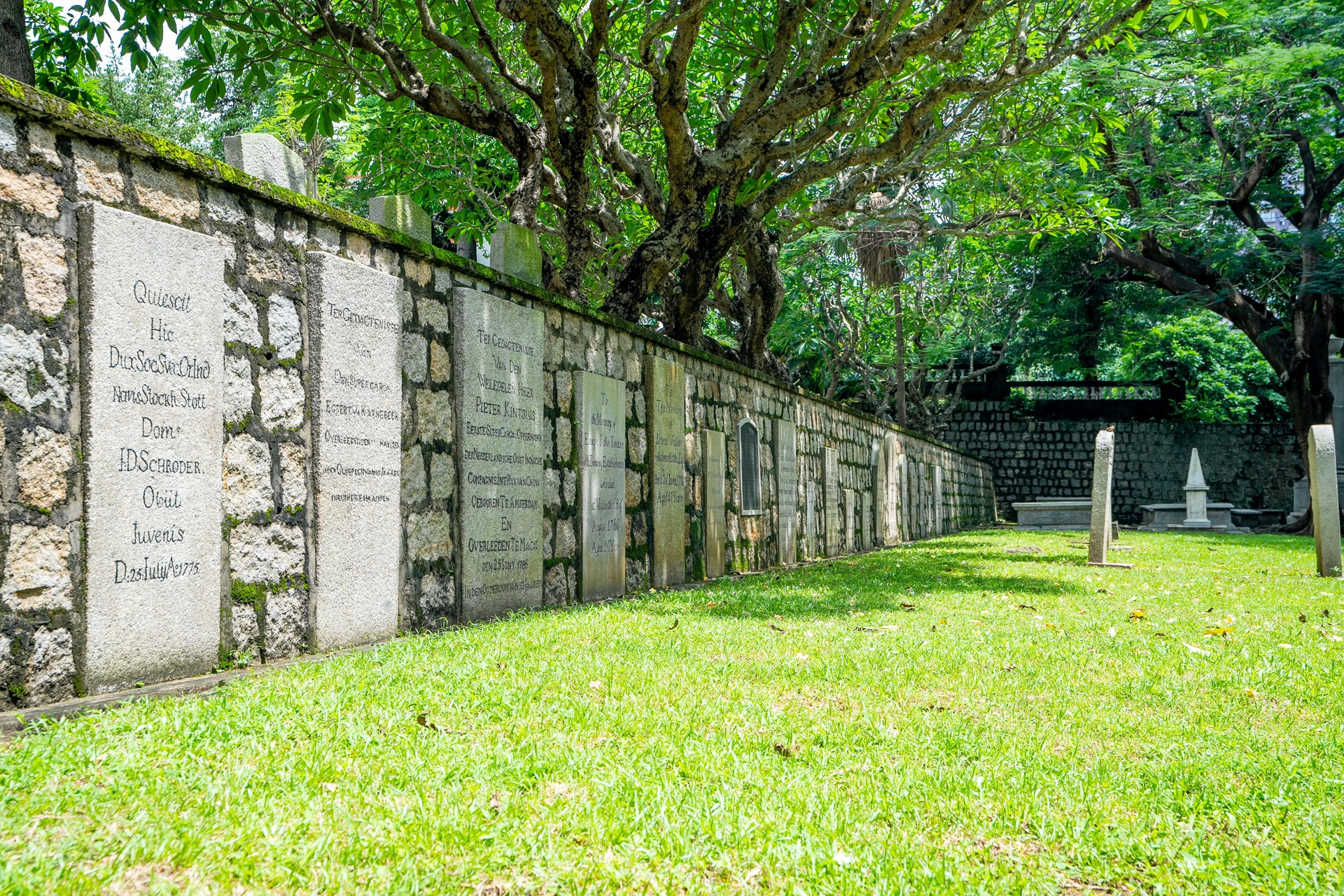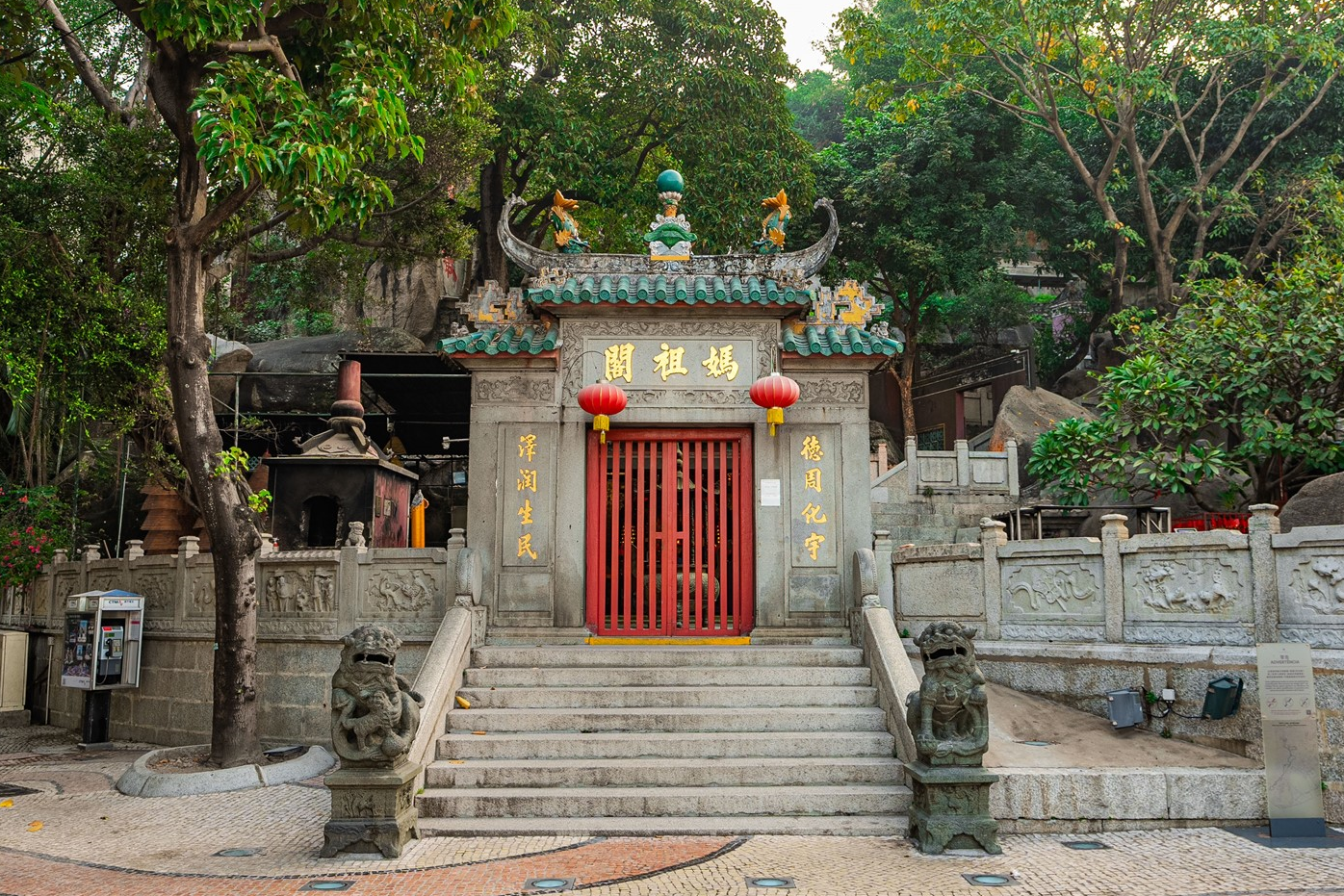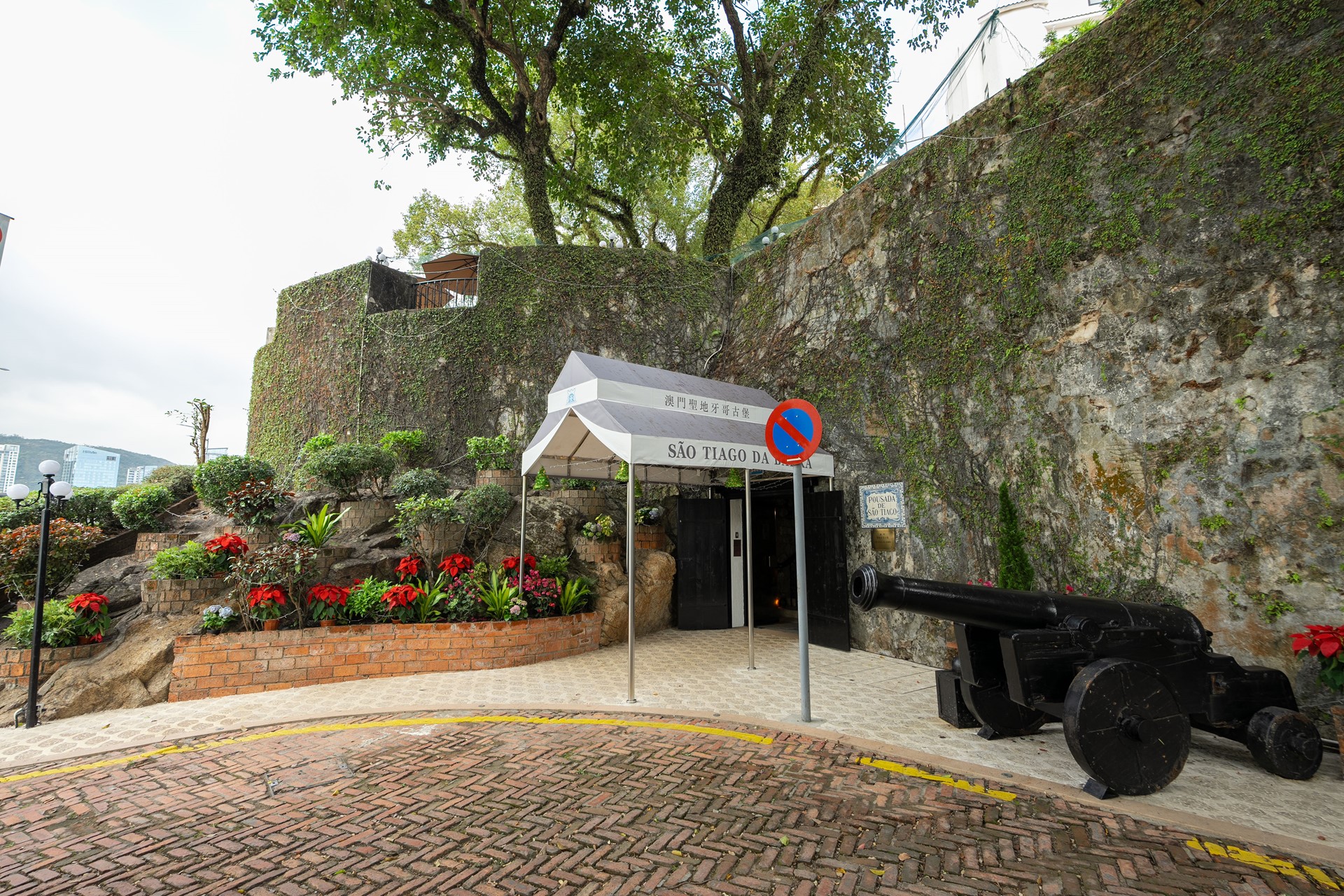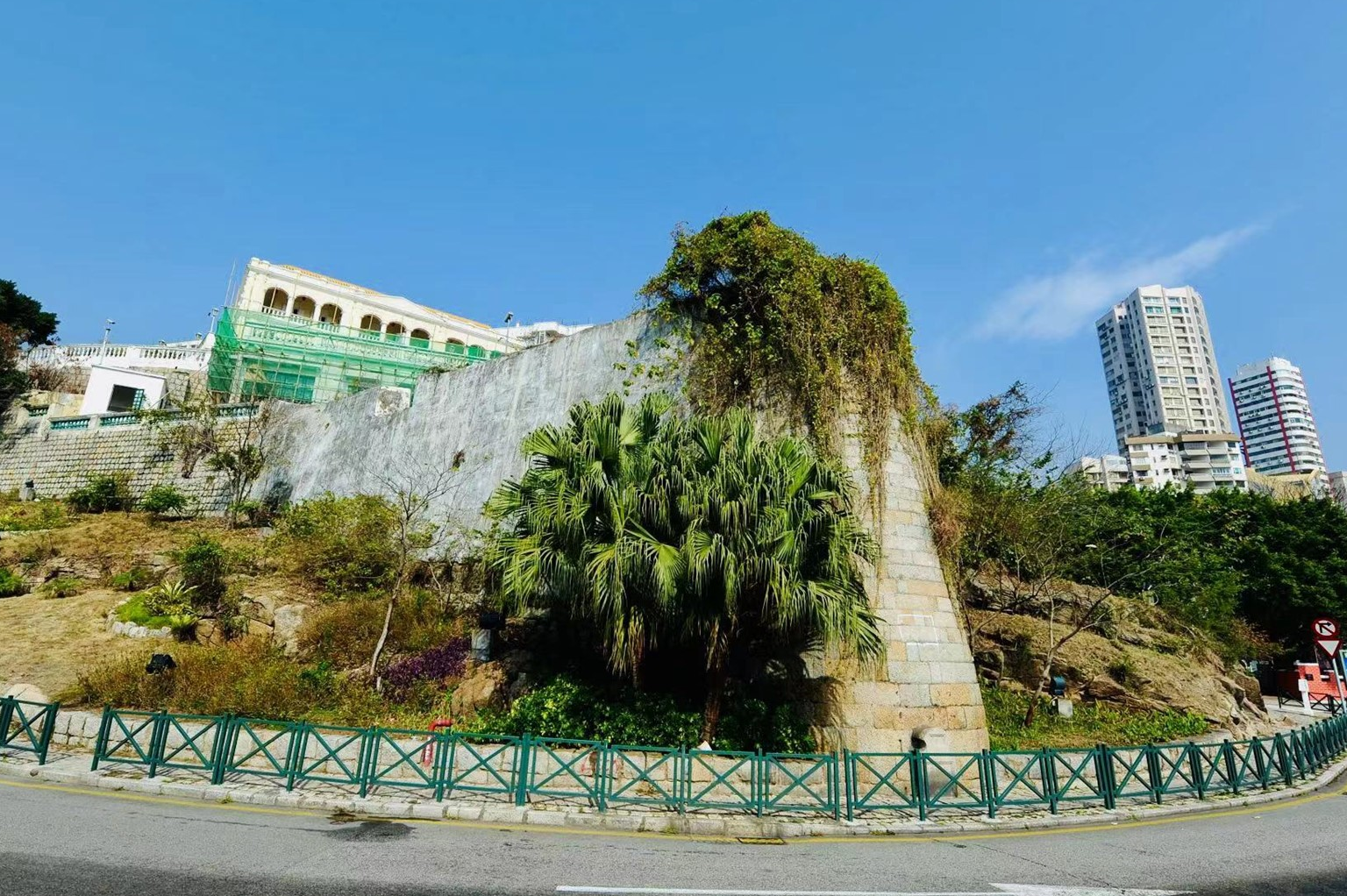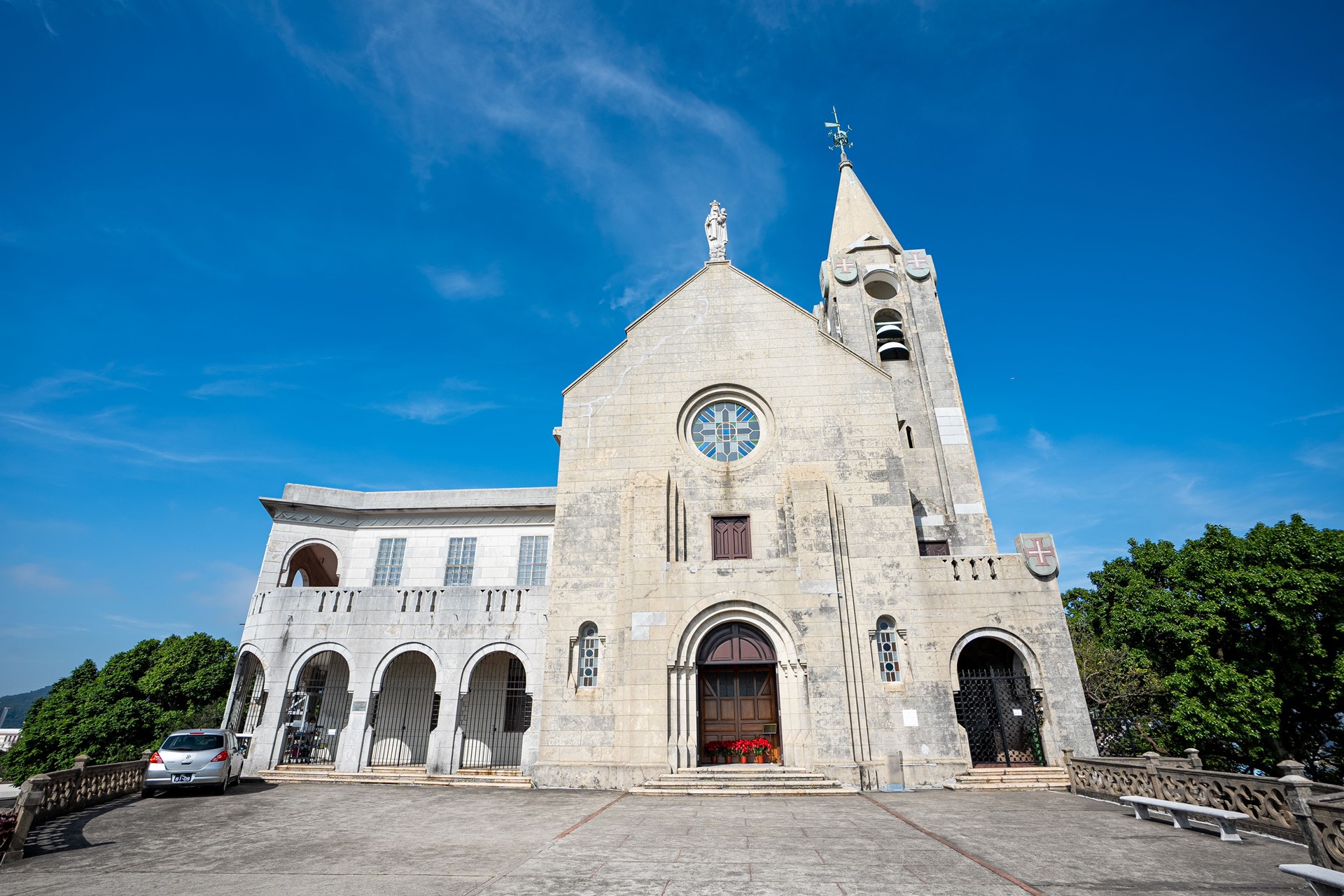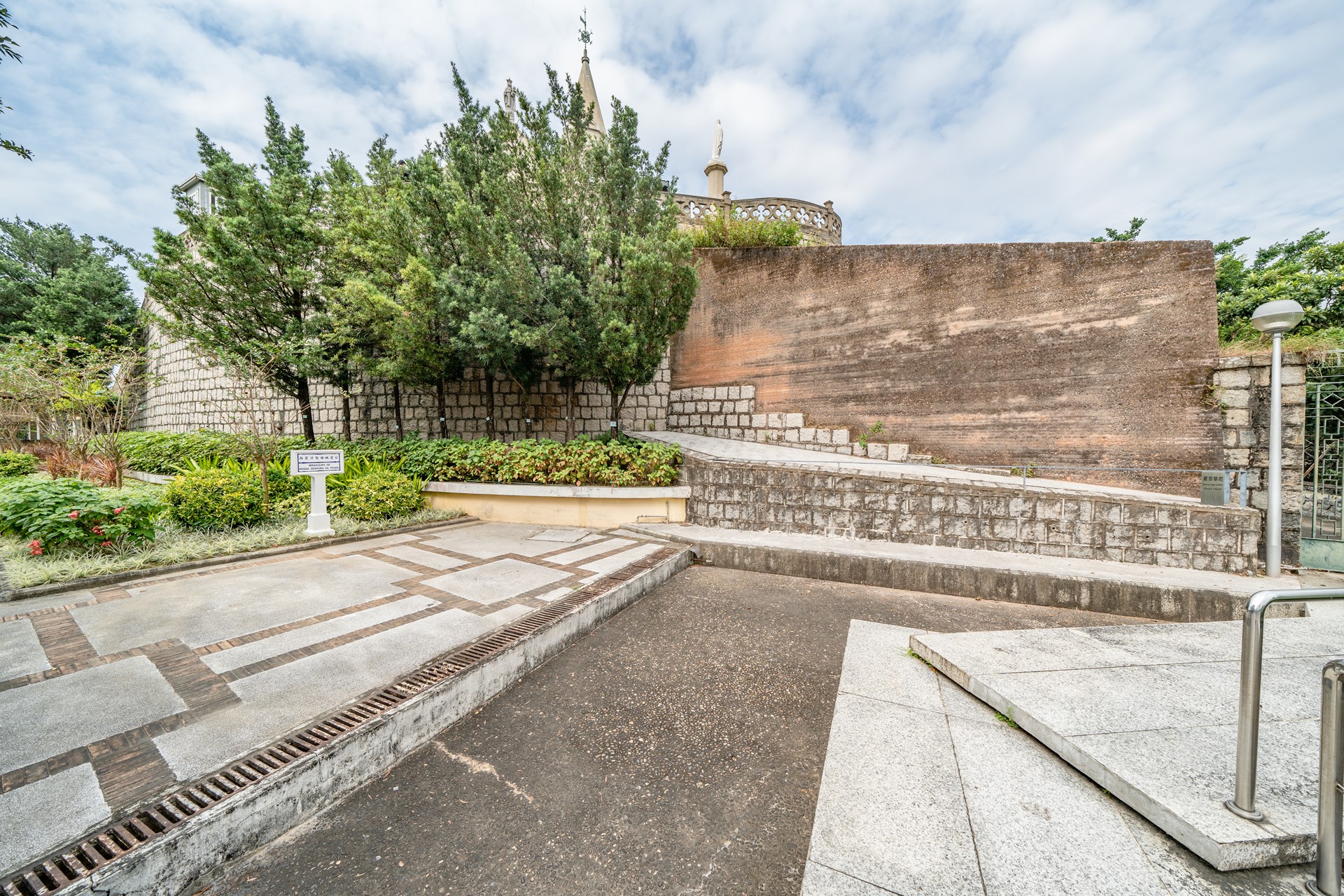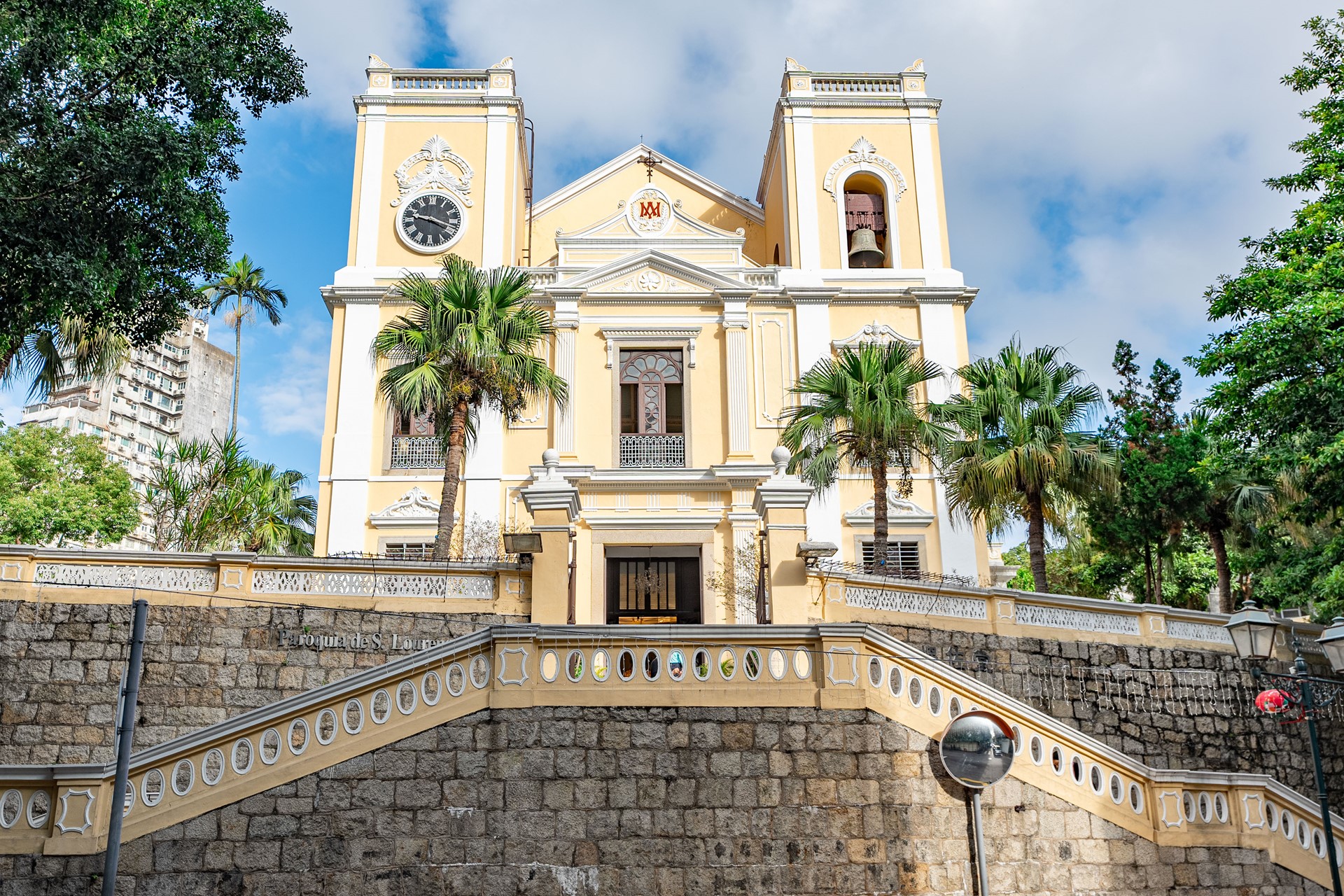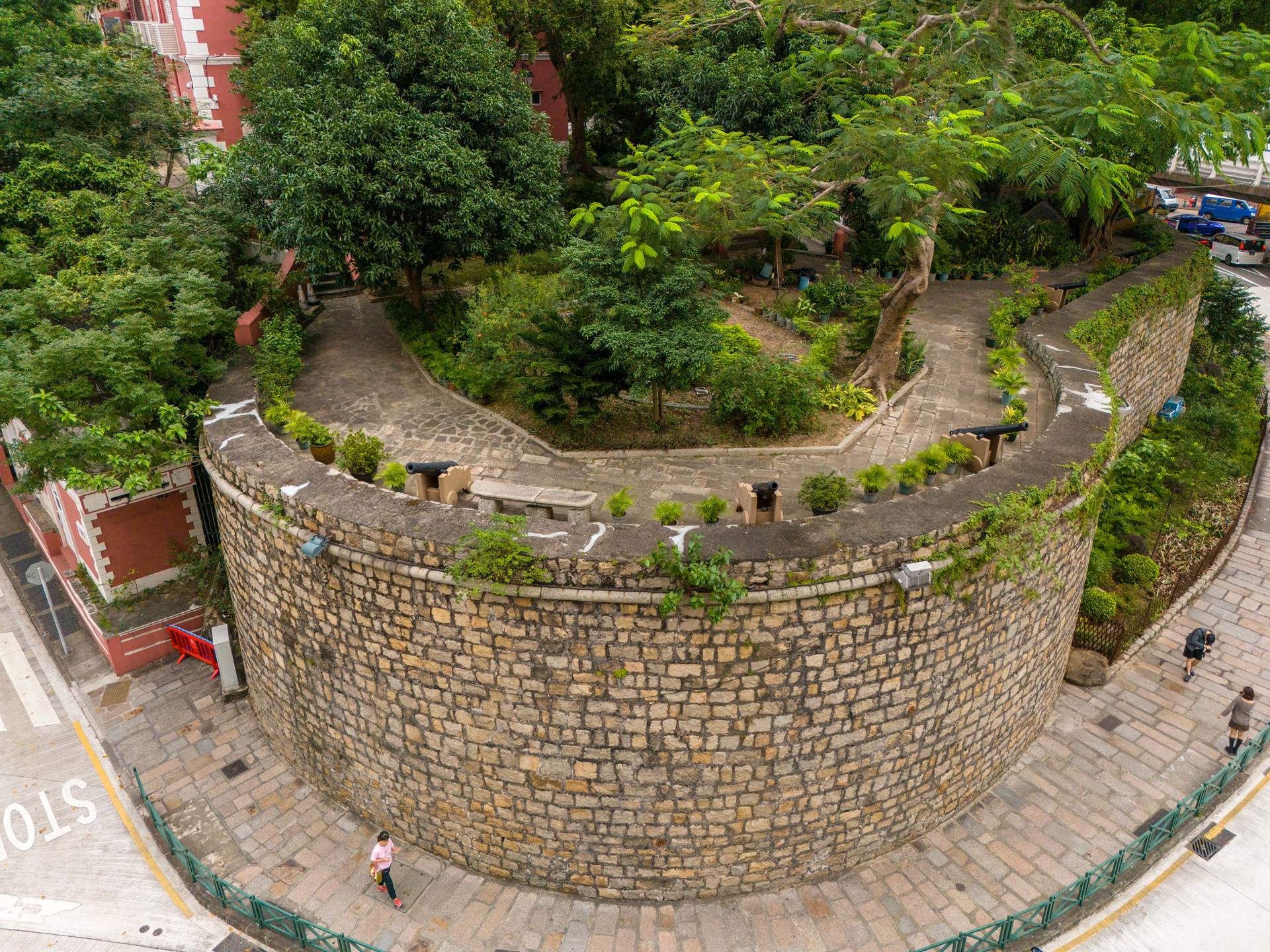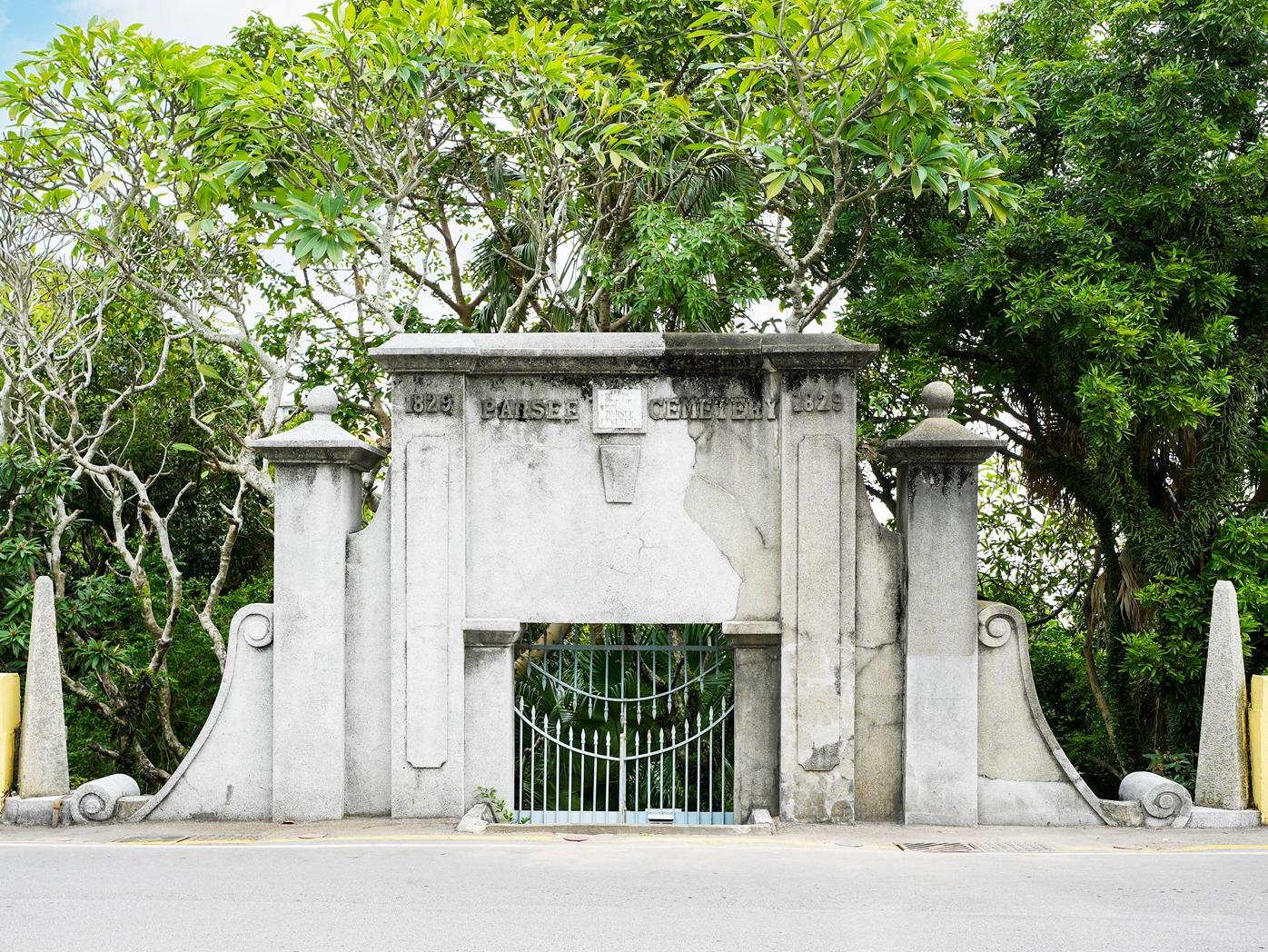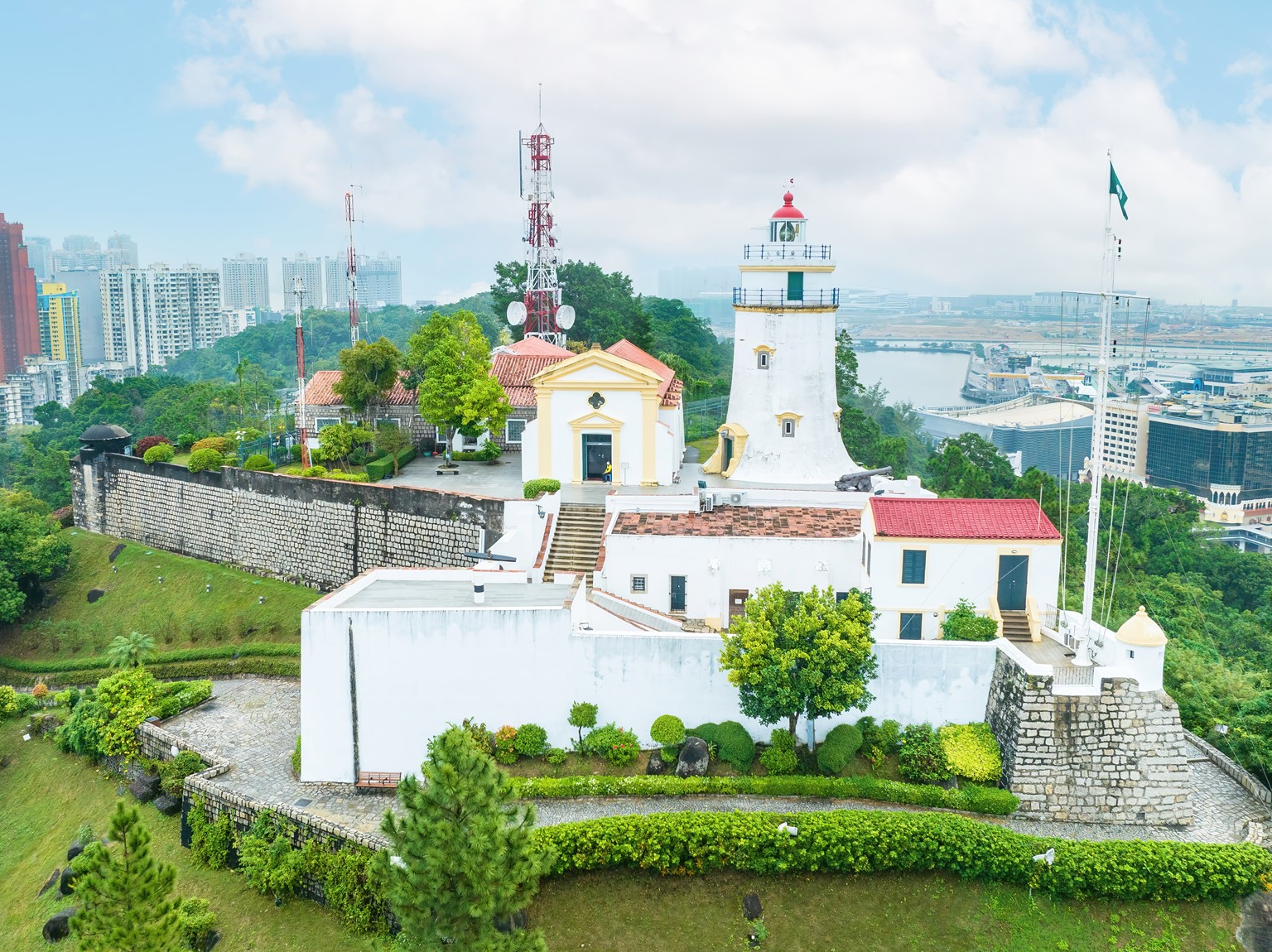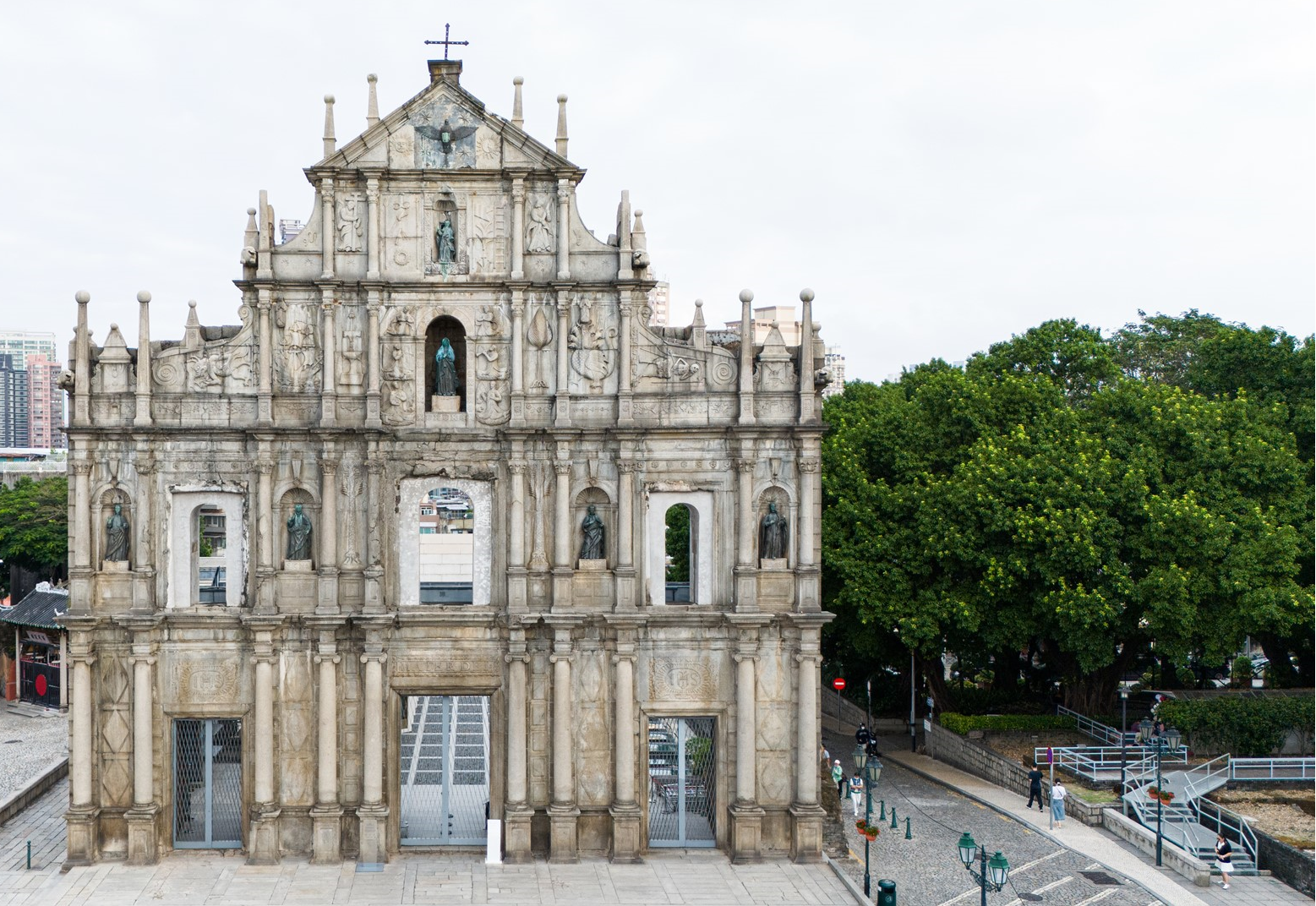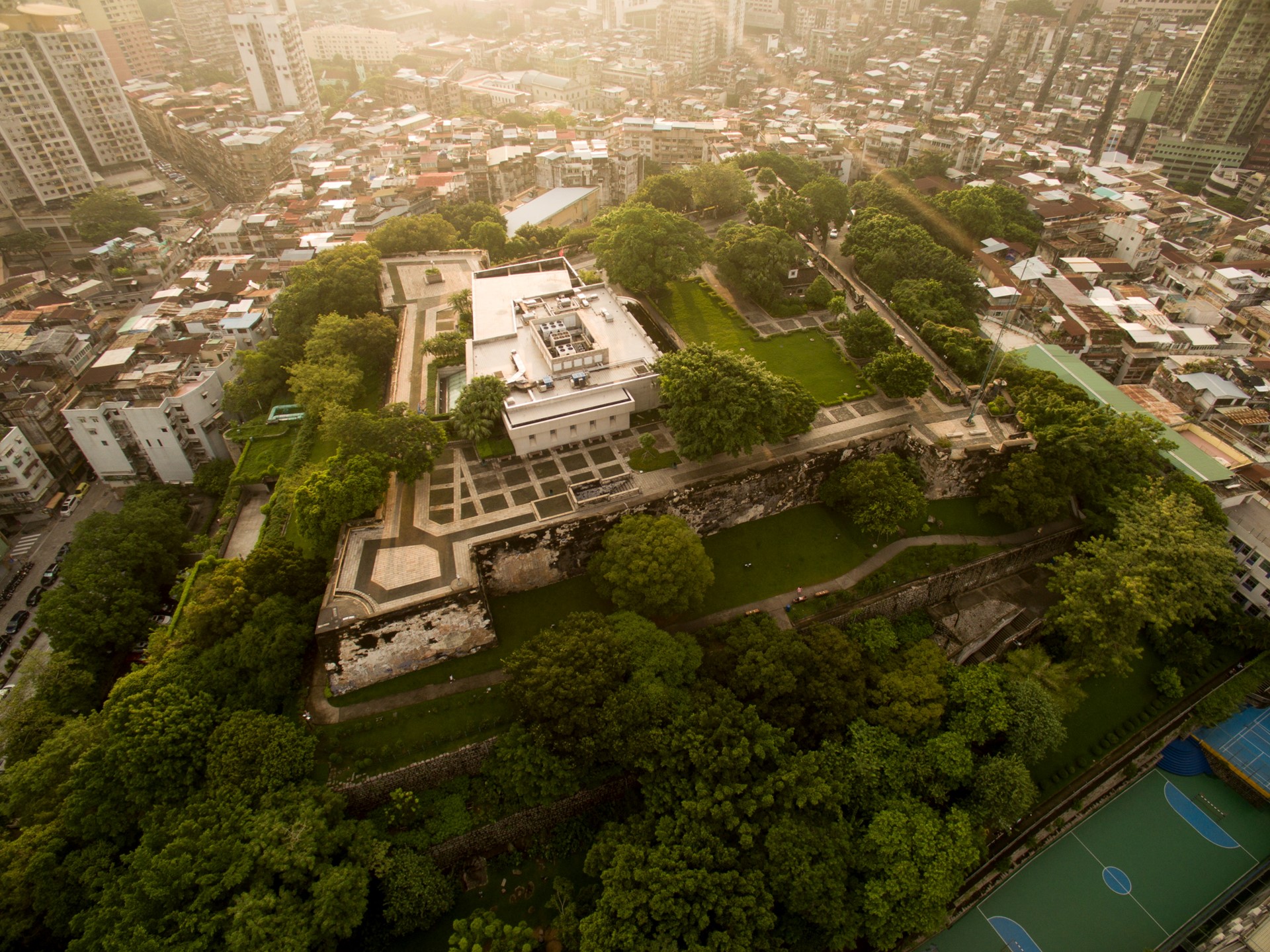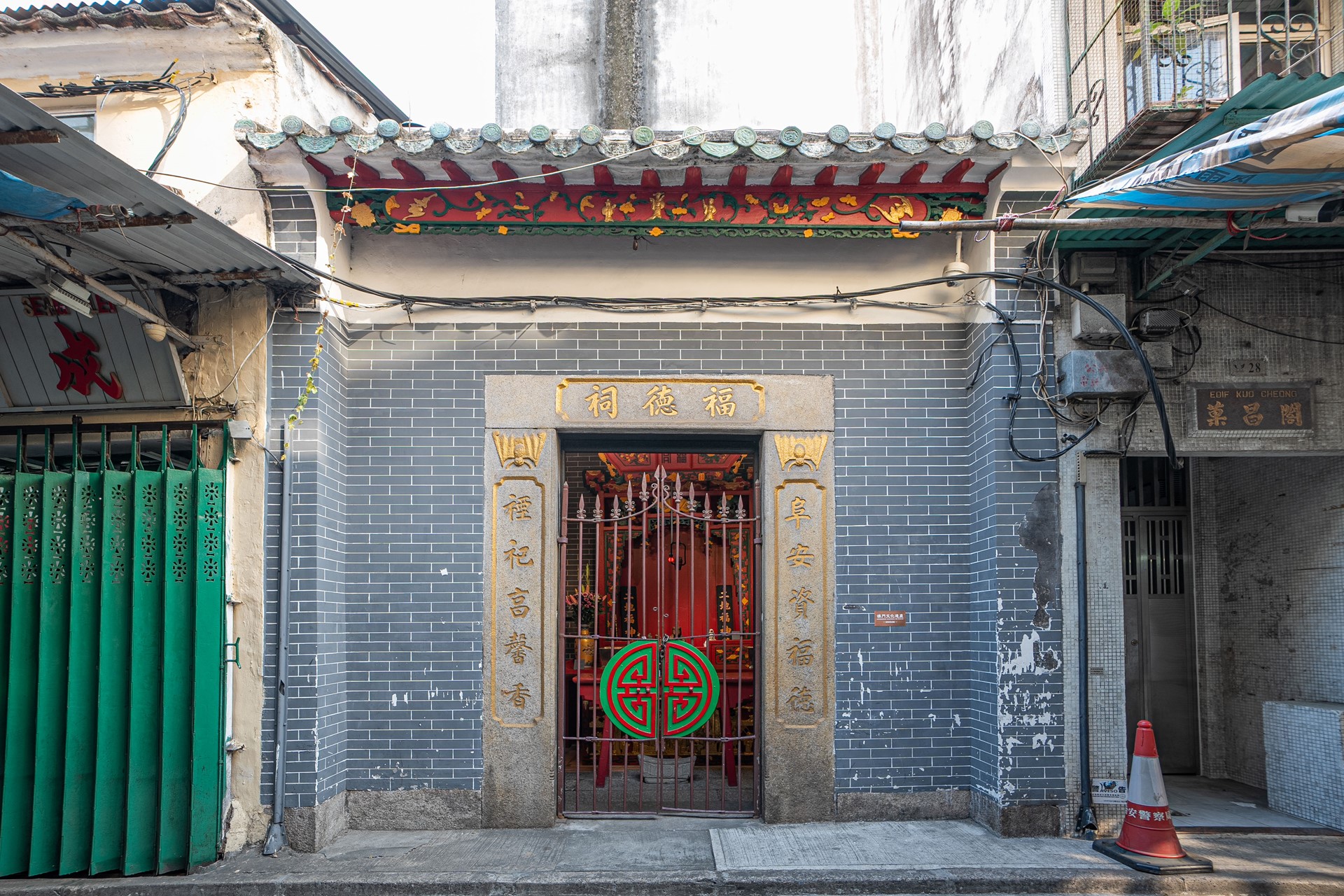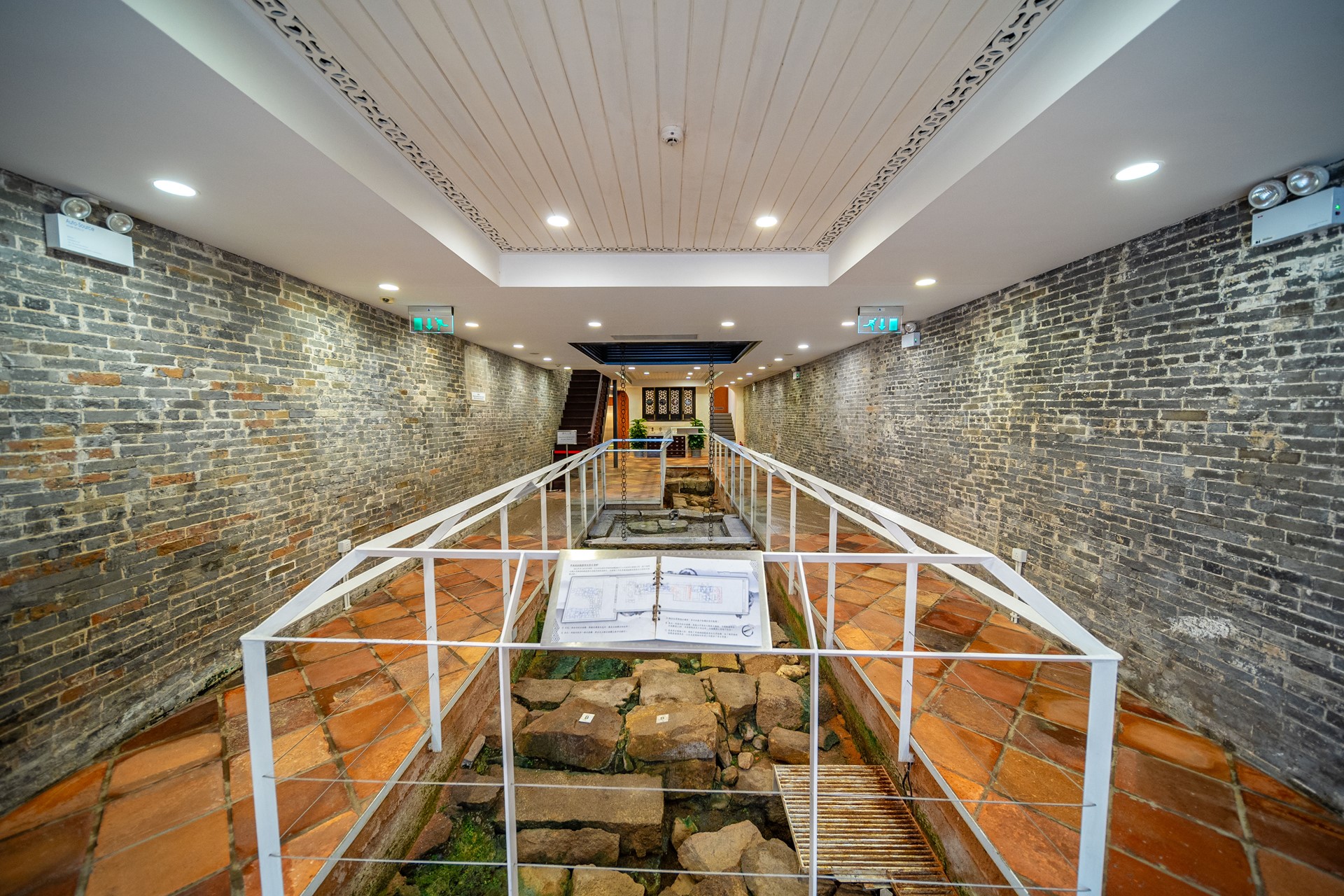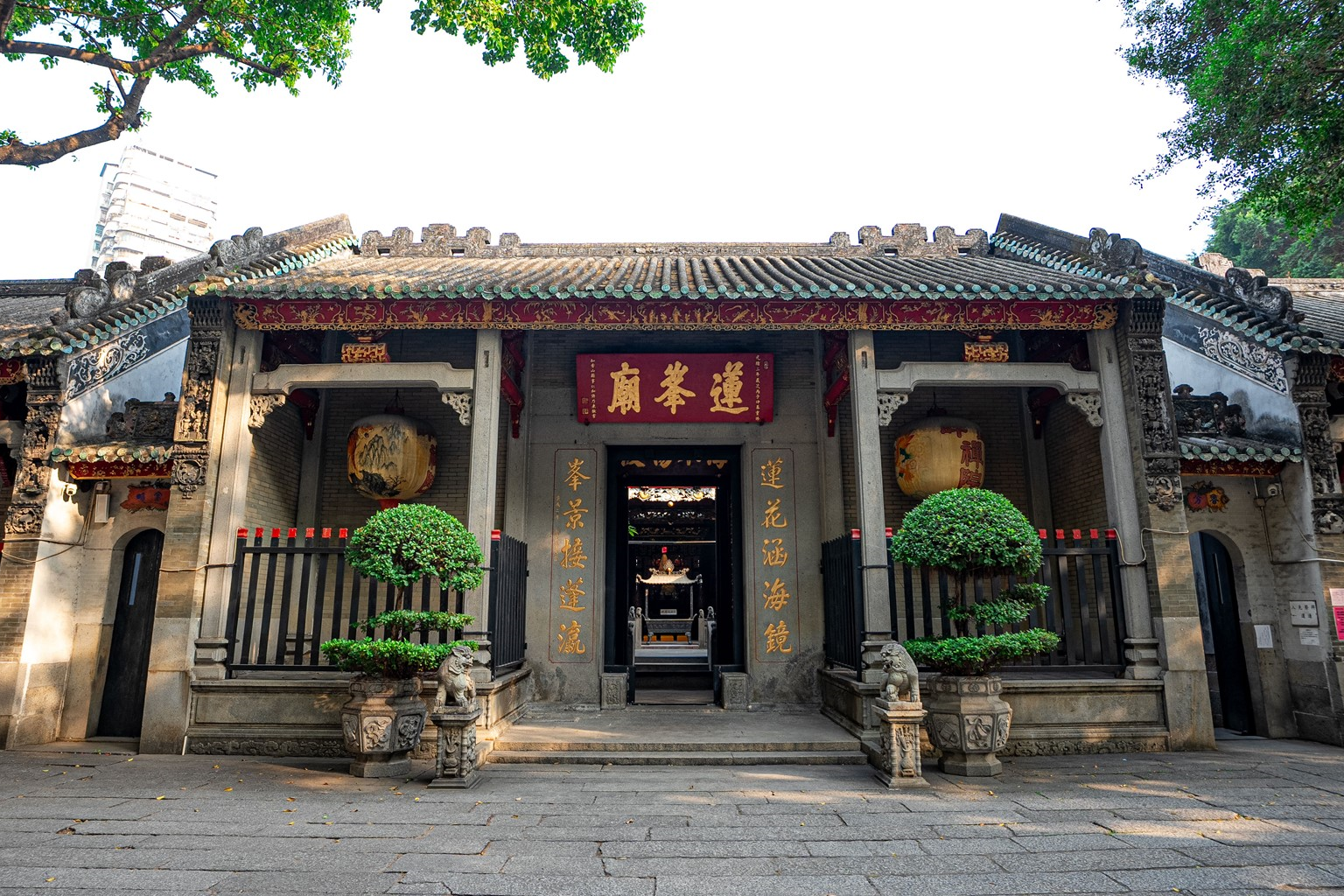Mount Fortress, also known as the Fortress of São Paulo do Monte or Fortress of Our Lady of Monte, is located on top of a hill in the centre of Macao Peninsula, occupying an area of approximately 8,000 square metres, with its western side adjacent to the ruins of St. Paul's College. The fortress has an irregular quadrilateral shape with its four corners protruding to form bulwarks, showing characteristics of a European military stronghold. With a stone foundation and rammed earth walls, Mount Fortress could put in place more than 30 cannons and formed, together with other fortresses in Macao, a first line of defence covering the east and west coasts. This was the military defence centre of Macao at that time. As a military facility, it used to have a reservoir, barracks, and a vast arsenal. After its completion, the fortress underwent several renovations.
Mount Fortress was built from 1617 to 1626. From 1623, corresponding to the year when Francisco Mascarenhas became the first governor of Macao, and until the mid-18th century, the site also served as the governors’ residence, and it was also used for other civil functions, such as firing salutes and issuing warning signals. This fortress was one of the city’s principle military defense structures in the past and access to the site was restricted. In 1965, the meteorological services were installed at the site. Mount Fortress was later de-militarized and opened to the public in 1976. Following the relocation of the meteorological observatory, the Macao Museum was installed there in 1998.
As an important entrepot on the Maritime Silk Road during the Ming and Qing dynasties with connections with the Mainland and the rest of the world, Macao, due to its unique location, was often threatened and coveted by other maritime powers and even pirates. In June of 1622, the Dutch launched a tentative invasion, landing at Cacilhas Beach. At the time the fortress was still under construction, and the Jesuits who were assisting the Portuguese soldiers in firing cannons struck a Dutch powder keg, causing a big explosion, which ultimately led to the defeat of the Dutch. After that, the Portuguese sped up the building of Macao's fortifications taking advantage of the city’s natural morphology and topography, establishing a coastal defence system based on a set of forts and connected by defensive walls on hilly terrain to protect the habour and ships. Located at the heart of the Macao Peninsula, Mount Fortress, as the centrepiece of the entire city’s past defense system, was strategically positioned. It also bears important testimony about the importance of Macao in the context of the Maritime Silk Road.
